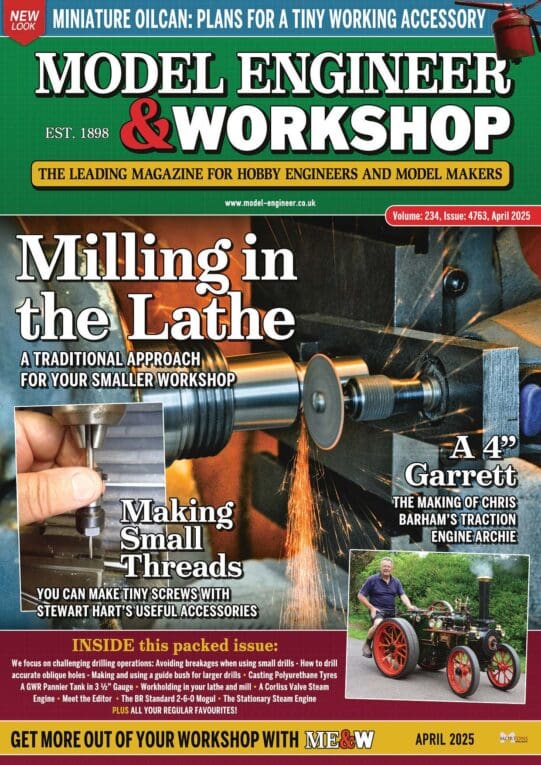DC31k
Too right I am indeed saying that significant variation in the turn angle needed to go from free to locked in a set of cam lock studs is a reason to doubt the makers level of quality control.
The aim of a good cam lock set up is to achieve lock somewhere in the middle 50 % of the operating arc. One look at the system design makes it clear that the angle of turn is very susceptible to tolerance build up related effects and the actual lock up position strongly influenced by the relative rotational timing between the thread’s on the stud and those in the backplate. The coarser the threads the worse the timing mismatch effect gets.
My experience with my UK and American made studs is that variations in angle of turn from free to lock can be small enough not to be readily noticeable. Perhaps 5° range overall. Which I reckon is good going overall considering the number of potential infelicities in the system. As I recall things the stud swop dance tightened the variation range a bit, perhaps by half, but the first, random, try was probably perfectly acceptable.
In an ideal world everything would be the same. In a practical world tolerances mean there may well be differences between studs sourced from different makers but all should give a turn angle ending within the proper range. If studs are made with high levels of quality control variations within a one make set should be small. Large variations within a one make set are indicative of either wider tolerances or poor quality control.
In a practical world it’s effectively impossible for normal folk to figure out whether such things are in tolerance and what the expected deviation when assembled ought to be. But consistency of angle of turn from free to lock is good indicator of how much effort the maker has put into ensuring they all come out “the same” aka made to close tolerance. Even if all the lock positions are within, or very close to, the preferred range significant within a set variation does make you wonder “why” and “has anything been skimped”.
A question quite apart from whether the lock position is in an appropriately safe range. I think it’s fair to say that anywhere within, or close to the 50% range will be fine even if you still have some discrepancies after the usual fiddling around to find the best positions. Which fiddling can be a right pain in the ass if handling a hefty chuck
Obviously if things lock up outside the appropriate range you need to seriously consider how trustworthy it will be in practice.
As mentioned above I have one that, in its best position, is right on the edge of the locking range but I consider it useable given that the catch plate it is fitted to was modified to use in a tailstock centre supported job and will probably never have any other employment.
First time I needed it in 20 years.
But it wouldn’t do for chuck duties. All the chucks on my P&W model B are hefty but the 10″ heavy duty four jaw is right on the edge of what I care to lift. (I have a 10″ Taylor, sans backplate, that will never get fitted simply because of the outrageous weight.) With that much mass spinning round I want them well and truly tied on.
Trying to figure out exactly what makes a cam lock set-up secure makes my head hurt. Seems to me that the locks need to both pull on the stud to hold the backplate hard up against the short locating taper and push it over against the side off the hole in the spindle so that all is solidly jammed up.
Clive
Adam Harris.




